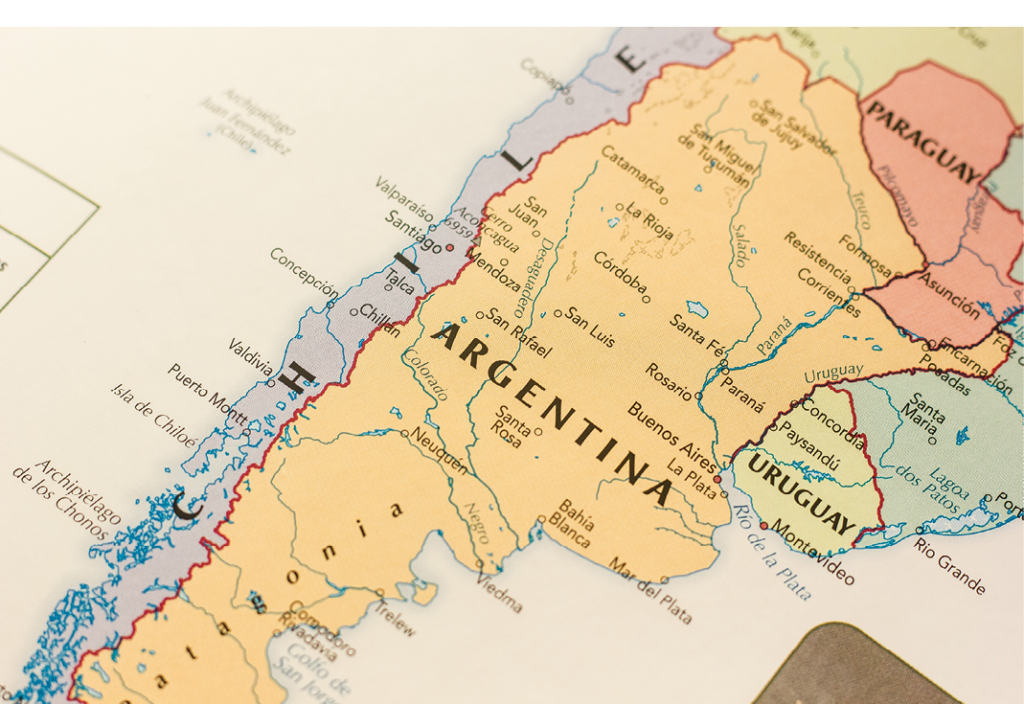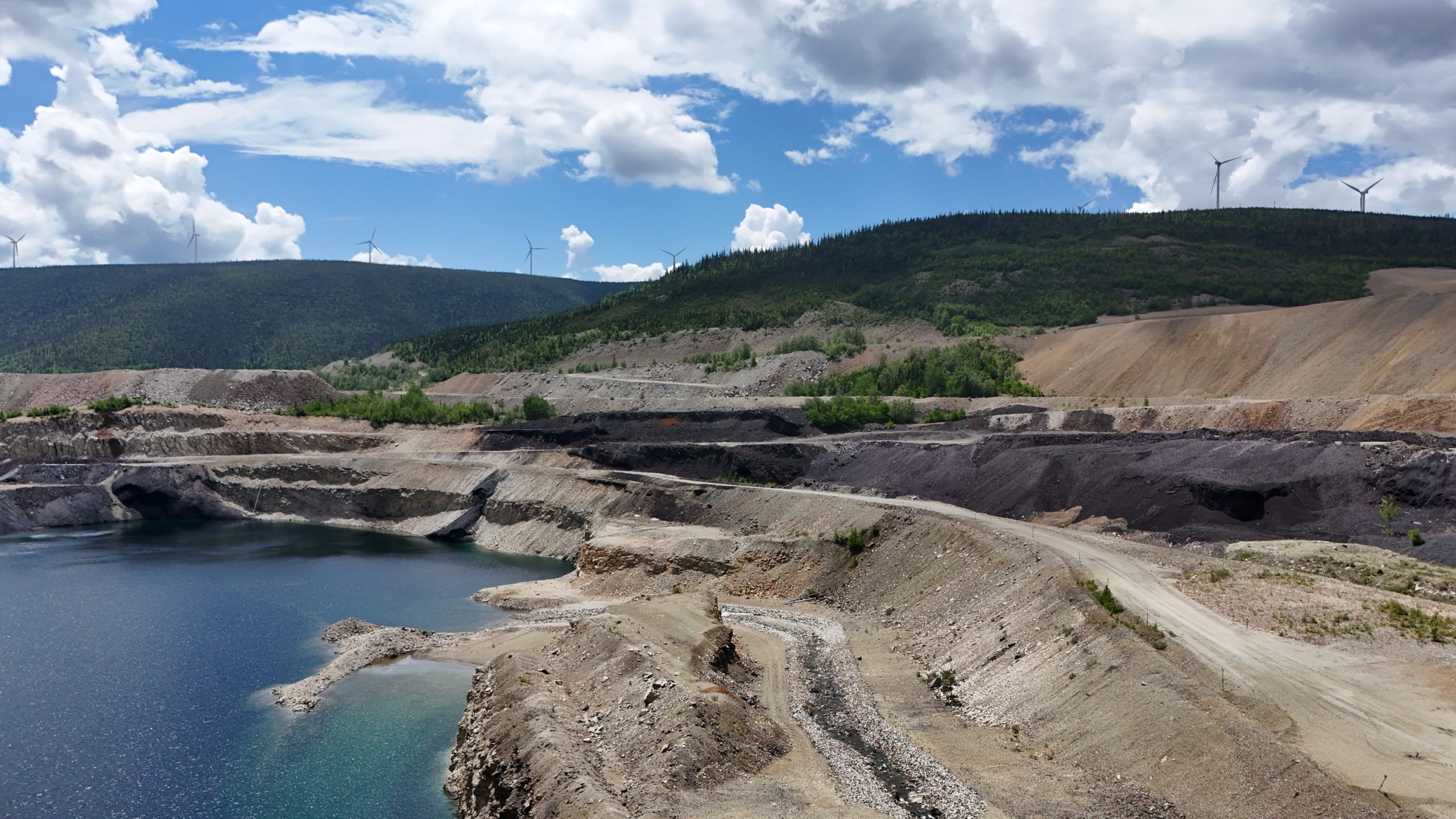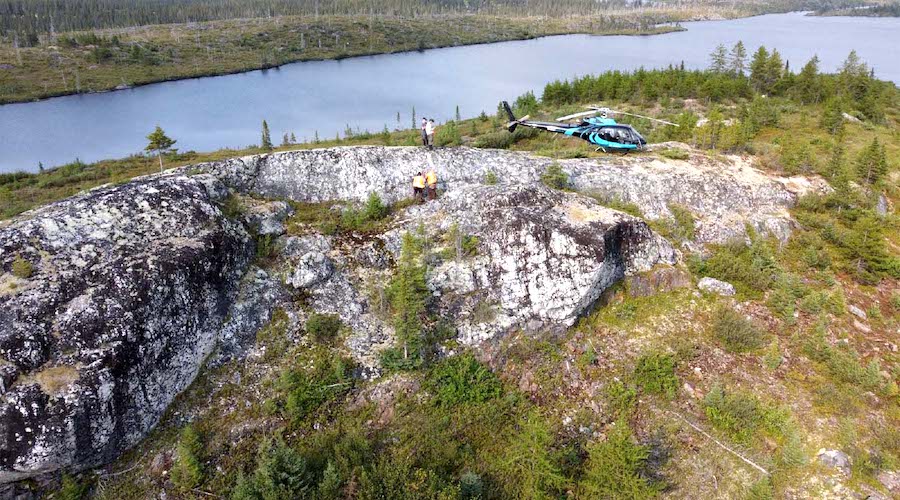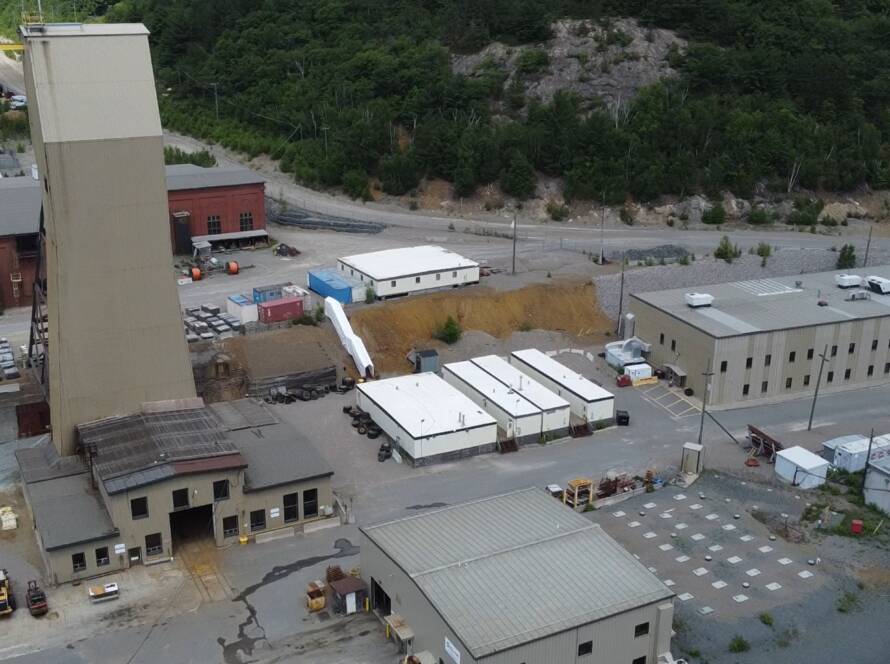Argentina’s abundant copper and lithium

Argentina has a new president ― and an abundance of raw materials. The country is sitting on a trove of mineral wealth, particularly when it comes to copper and lithium. It is now widely discussed in Argentina that both are critical elements in the quest for a safer and greener energy transition.
Let us delve into the details of the business opportunities which these resources represent in Latin America’s third biggest economy. (Argentina’s GDP is an estimated US$1.2 trillion, surpassing Colombia’s US$1.09 trillion. Brazil and Mexico remain the top two players even under this metric):
Copper
Abundant reserves: Argentina boasts the world’s fourth largest copper reserves, estimated at 44 million tonnes. This potential is largely untapped, with only a handful of operating mines.
Strategic location: The country’s copper deposits are concentrated in the Andean belt, known for its high-grade ores and proximity to key markets like Asia and Europe.
Growing demand: The global appetite for copper is surging, driven by the electrification boom, particularly in electric vehicles and renewable energy infrastructure. This trend is expected to continue for decades, presenting a lucrative opportunity for Argentina.
Major projects: Several large-scale copper projects are in the pipeline, such as Mara in San Juan, expected to become one of the world’s largest copper mines. These projects have the potential to transform Argentina’s mining landscape and generate significant economic benefits.
Lithium
Abundant reserves: Argentina holds the world’s third largest lithium reserves, a key ingredient in lithium-ion batteries powering electric vehicles and electronics.
Strategic location: Argentina is one key part of the “Lithium Triangle” ― along with Chile and Bolivia. These three, taken together, contain over 70% of global lithium resources. This region is poised to play a dominant role in the global lithium supply chain.
Innovative extraction: New extraction technologies ― such as direct lithium extraction (DLE) ― do offer more environmentally friendly alternatives to traditional methods, addressing concerns about the environmental impact of lithium mining.
Major players: Argentina has witnessed a surge in lithium mining investments in recent years, with major players like Livent, Ganfeng Lithium, and Allkem developing projects. This rapid growth signifies the immense potential of the country’s lithium sector.

The challenges
Despite the immense potential in the minerals sector, both copper and lithium mining companies working in Argentina face challenges. Executives working in the key companies have been saying that environmental concerns, community engagement, and regulatory hurdles need to be addressed responsibly to ensure sustainable development.
However, with a new president having been elected in October 2023, the opportunities may now outweigh the challenges. Argentina clearly has the potential to become a major player in the global copper and lithium markets, attracting significant investments, creating jobs, and boosting its economy. By implementing sustainable practices and addressing stakeholder concerns, Argentina can harness its mineral wealth responsibly and contribute to a greener future.
> Argentina’s government is actively promoting the mining sector, offering attractive investment incentives and streamlining regulations.
> The country’s skilled workforce and well-developed infrastructure provide a solid foundation for the mining industry’s growth.
> Research and development in lithium extraction technologies like DLE can further enhance Argentina’s competitive edge in the sustainable lithium market.
Argentina has vast natural resources in energy and agriculture. Within its 2.8 million km2 of territory, Argentina is endowed with extraordinary fertile lands, gas, and lithium reserves, and has great potential for renewable energy. Argentina is a leading food producer with large-scale agricultural and livestock industries. In addition, Argentina has significant opportunities in some key manufacturing subsectors, and it has innovative service providers in various high-tech industries.
While Argentina’s economy expanded by 5% in 2022, the impact of a devastating drought is expected to result in a 2.5% negative growth in 2023. Growth is expected to accelerate in 2024, because of improved climatic conditions, continued historically high soybean prices and investments in the energy sector that will allow the country to reduce gas imports and improve external accounts.
The severe drought has deteriorated economic conditions and further amplified preexisting macro imbalances. Annual inflation accelerated in 2023, reaching 124% in August, affecting marginalized segments of the population. According to national statistics published in September 2023, poverty stands at 40.1% and extreme poverty stands at 9.1%.
Argentina is currently (since early 2022) under a 30-months Extended Fund Facility (EFF) with the International Monetary Fund (IMF). By August 2023, the IMF Executive Board completed the combined fifth and sixth review of the program, granting Argentina access to about US$7.5 billion. Key program targets were missed through the end of June 2023 on account of the historic drought. Modifications to the reserve accumulation target, as well as to the (nominal) primary fiscal balance and monetary financing of the deficit targets, were also approved ― alongside a commitment to implement a new policy package aimed at correcting policy setbacks, safeguarding stability, and securing core economic objectives.
Argentina stands at the crossroads of opportunity with its vast copper and lithium resources. By embracing responsible mining practices, addressing environmental concerns, and engaging with local communities, the country can unlock its mineral wealth. If and when the national government makes the right moves, it could pave the way for a more sustainable and prosperous future.
Gordon Feller is a freelance mining writer.





Comments